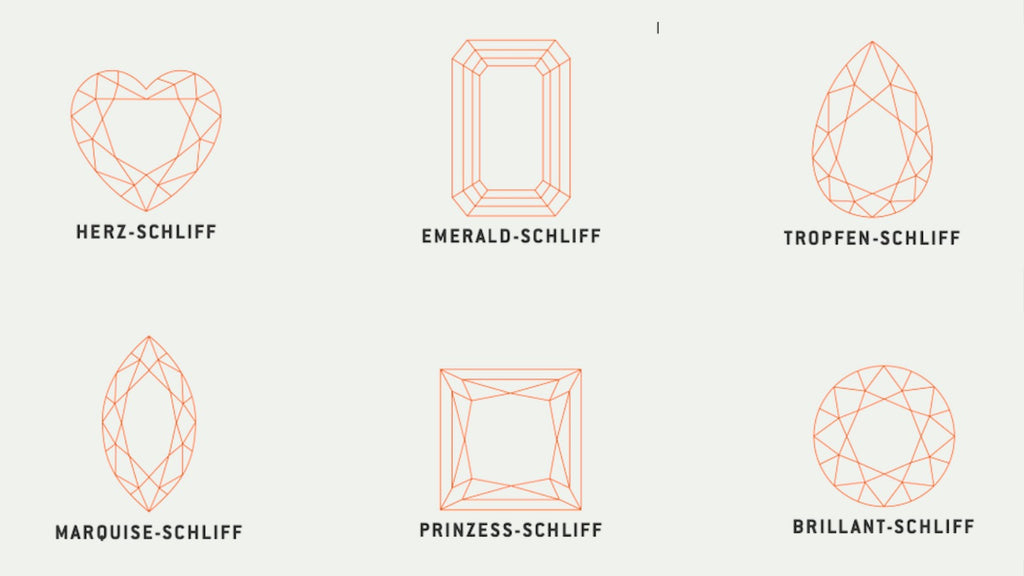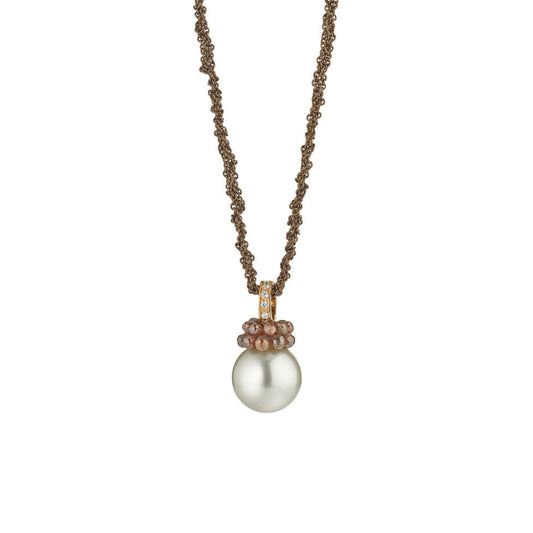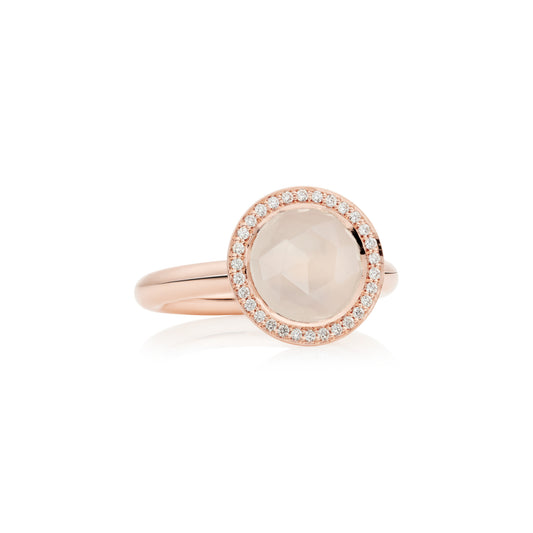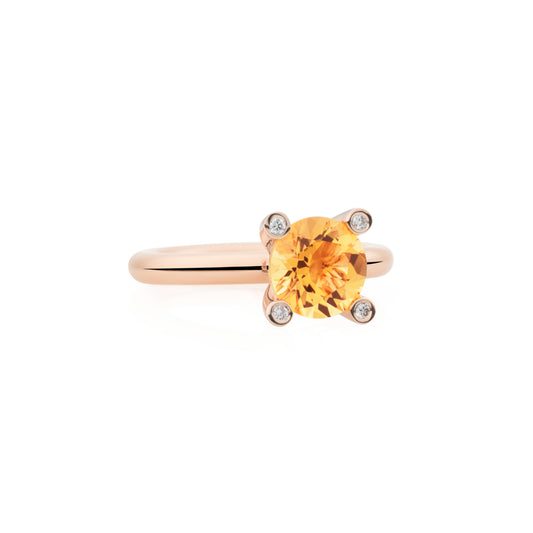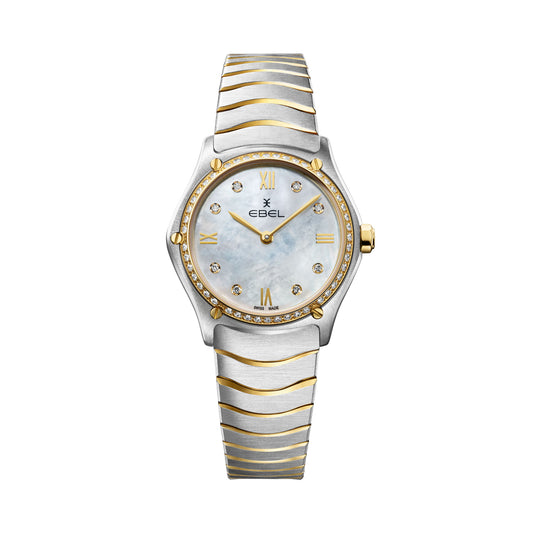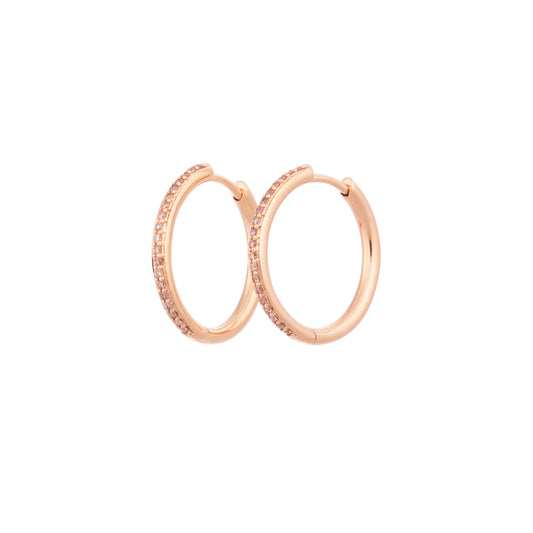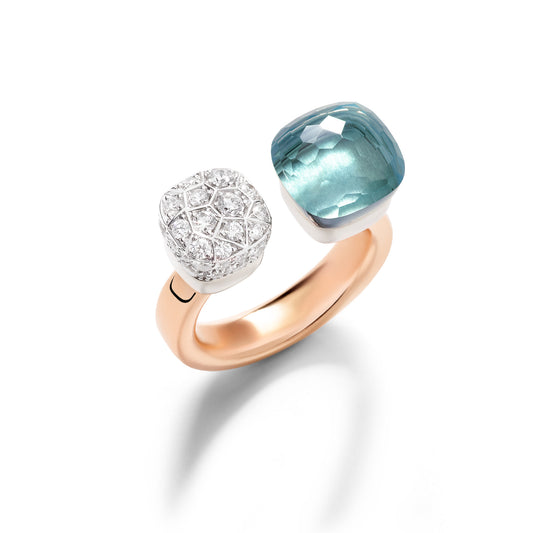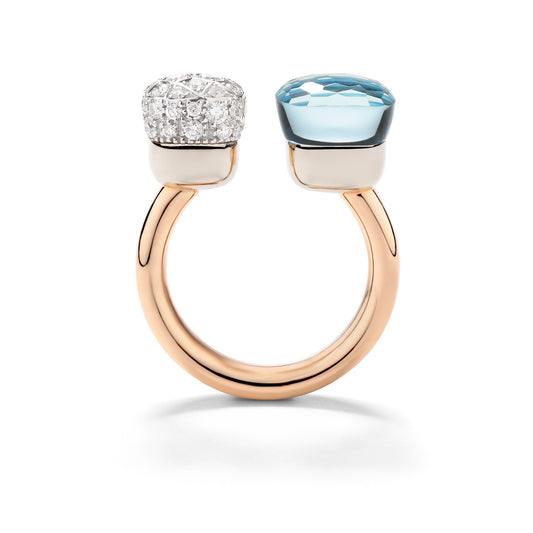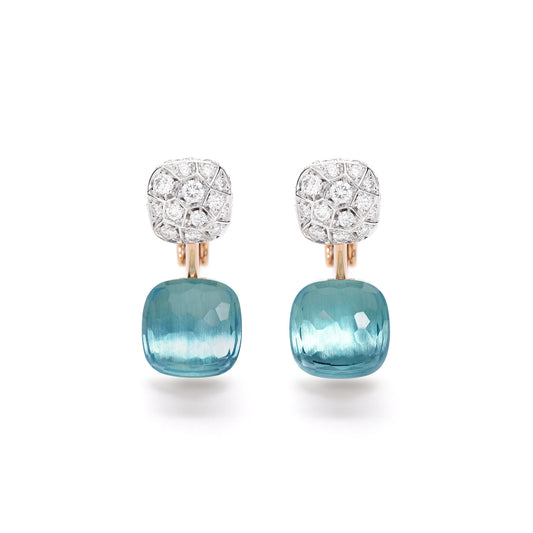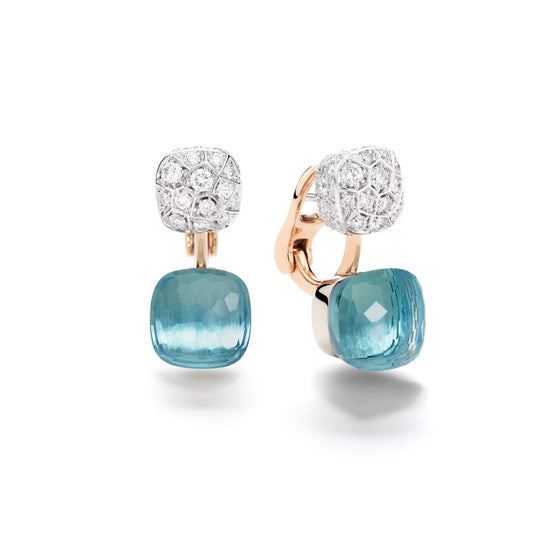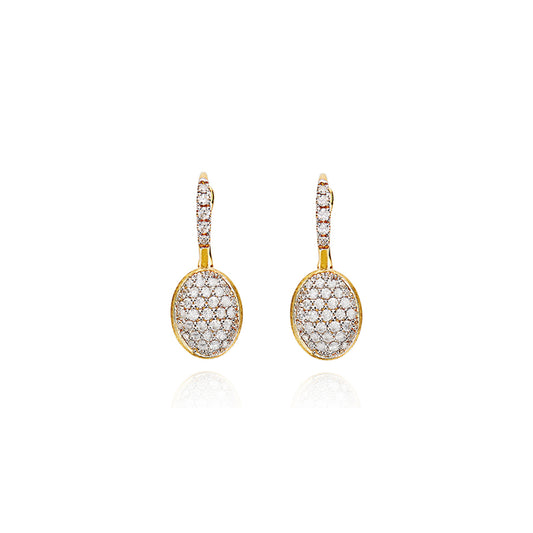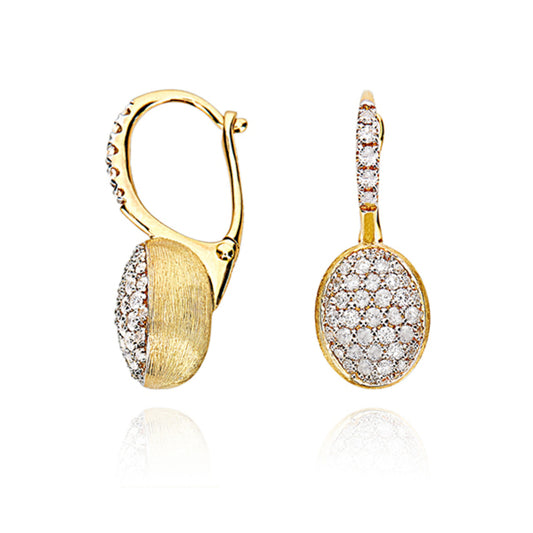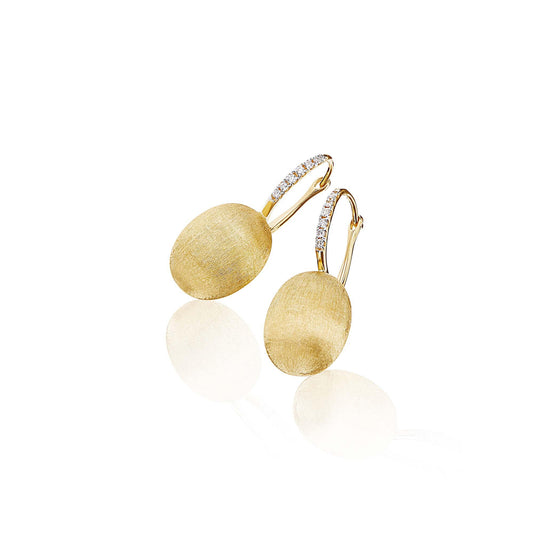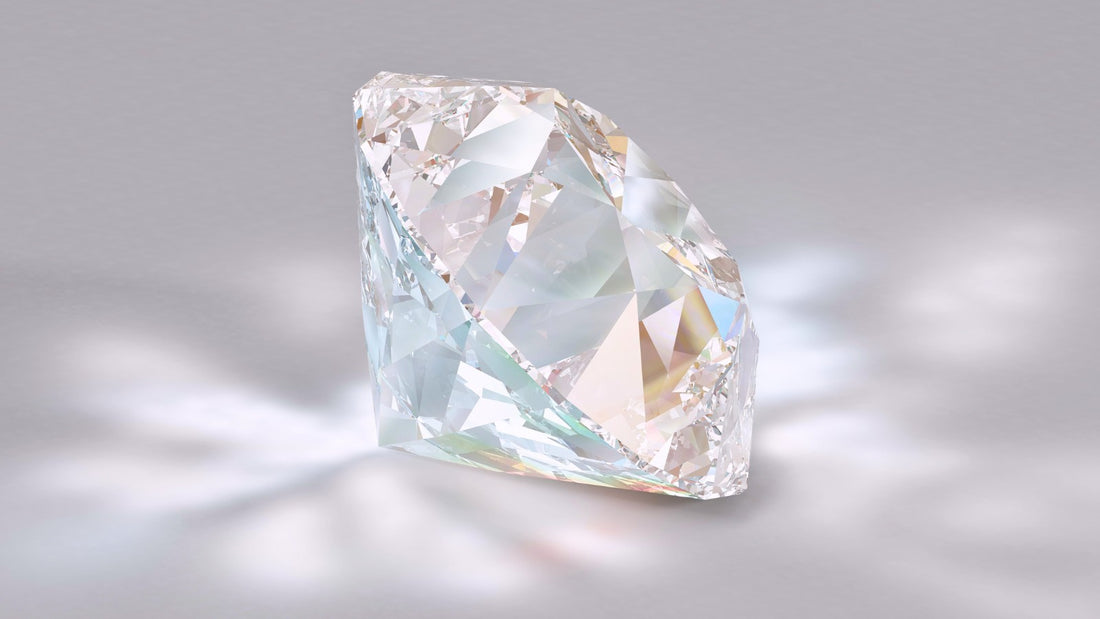
The quality of diamonds: A look behind the brilliance
Diamonds are not only sparkling pieces of jewelry, but also fascinating works of art created by nature. But what makes a diamond truly valuable? In this article, we will take a close look at diamond quality and examine the various factors that determine their beauty, value, and uniqueness. Dive into the world of diamonds with us and discover why quality is more than just a matter of shine.
The 4Cs of Diamonds: A Guide to Quality
1. Carat (carat)
A diamond's carat weight refers to its weight and is one of the most important factors determining its value. While a higher carat weight often carries a higher price, it's important to understand that a diamond's quality isn't determined solely by its weight. A well-cut diamond with a lower carat weight can be just as impressive as a larger diamond of lower quality.
2. Cut
The cut of a diamond significantly influences its brilliance, fire, and sparkle. A perfectly cut diamond reflects light optimally and creates impressive sparkle. The quality of the cut is assessed based on its proportions, symmetry, and polish, with an excellent cut making the diamond shine.
3. Color
A diamond's color can range from colorless to various shades of yellow or brown. Diamonds with lower color intensity are considered more valuable because they transmit light better and produce a purer brilliance. Certified diamonds are graded on a scale from D (colorless) to Z (lightly tinted), with diamonds in the higher color grades being more desirable.
4. Clarity
A diamond's clarity refers to the absence of inclusions and impurities within and on the surface of the stone. Diamonds with higher clarity appear clearer and more lustrous, maximizing their beauty and brilliance. Certified diamonds are graded on a scale from "Loupe Clean" (no visible inclusions under 10x magnification) to "Included" (clear inclusions visible to the naked eye).
Learn more about gemstone purity
Confidence – The Fifth C
You can't tell a diamond's origin by looking at it: Buying from a jeweler protects you from unpleasant surprises. Using the 4Cs, a specialist can determine a diamond's quality and value and, upon request, certify it. Therefore, the most trustworthy source is a suitably qualified jeweler. This also ensures that you're not buying conflict or blood diamonds. The certificate of origin, in accordance with the United Nations Kimberley Process, documents the journey of each diamond from the mine.
The importance of quality in diamonds
The quality of a diamond is crucial to its value, beauty, and durability. A high-quality diamond is not only a stunning piece of jewelry, but also a valuable investment that will last for generations. Selecting a diamond of outstanding quality is therefore crucial to ensuring it retains its value and beauty over the years.
The future of diamond quality
In an increasingly sophisticated and informed world, consumers demand diamonds of the highest quality and ethically sourced. Diamond manufacturers and retailers are responding by implementing transparent certifications and standards that ensure their diamonds are of the highest quality and provenance. Through advanced technologies and responsible practices, diamond quality will continue to be a top priority, preserving their beauty and value for future generations.
Our conclusion
Diamond quality is a fascinating subject encompassing a combination of science, art, and craftsmanship. By understanding the various aspects of diamond quality, we can fully appreciate the beauty and value of these unique gemstones. Whether you're searching for the perfect engagement ring or simply want to explore the allure of diamonds, quality is the key to an unparalleled diamond experience. Explore the world of diamond quality and discover the infinite facets of their brilliance and uniqueness.
